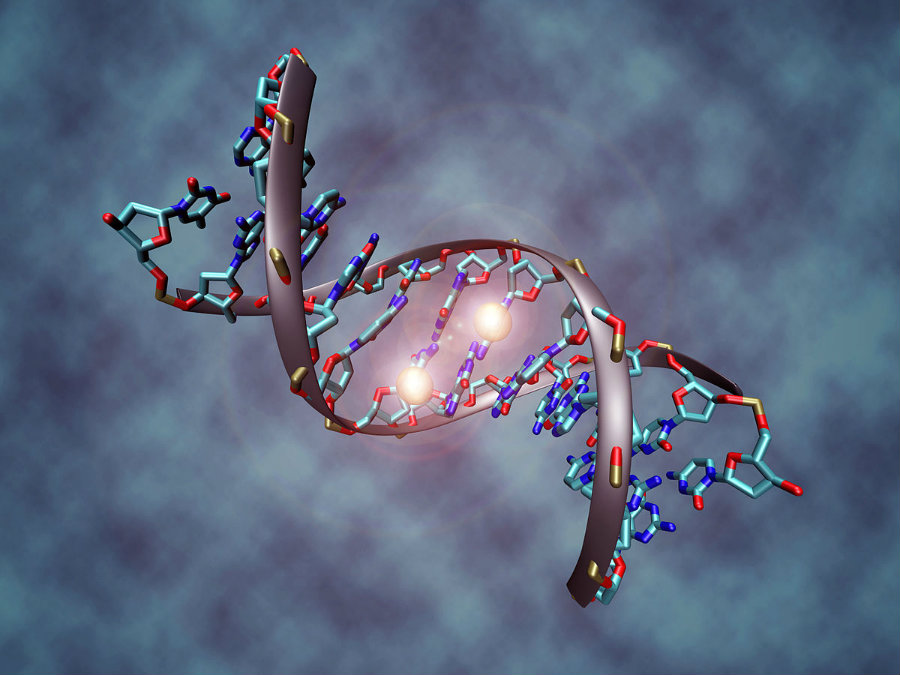CancerLocator, a new method designed by University of California researchers, will be able to detect cancerous DNA through a blood sample, becoming a premier non-invasive method for cancer diagnoses.
CancerLocator infers the proportions of the tissue’s cancerous DNA, based on methylation patterns, labeled as “aberrant” by researchers, becoming an ideal focal point for cancer diagnosis.

The system has been tested on real data based on breast, lung, and liver cancer patients, outperforming more invasive albeit clinically-accepted procedures with an error rate of 0.2.
A new and improved cancer-detecting machine
What’s critical about this new approach is that the method only requires a blood sample to provide an accurate diagnosis. This helps achieve diagnosis much earlier, allowing the patient to have more time to seek treatment and overcome the disease.
Researchers acknowledge that the technology is still in its early stages, and requires validation, but its output of potential benefits for a clinical environment are massive.
The key behind how CancerLocator works is that it focuses on DNA methylation, a process in which methyl groups are added to the DNA molecule. Methylation is a critical process for the development of DNA chains and a component of cell aging and carcinogenesis. The methylation of particular genes is associated with the alteration of chromosome architecture and in turn, with carcinogenic epimutation, as they result in the uncontrolled cell division and evolution, also known as cancer.

Lead researcher, Jasmine Zhou, and her colleagues compiled a database of methylation markers that can help identify different types of cancers, especially those markers that are proprietary of cancers in particular types of tissue. They performed their trials for breast, liver, kidney, lung, and colon cancers. For each sample, they devised a methylation base for CancerLocator to use as a guide for finding cancerous cells. As the system is analyzing blood samples, it compares the markers to the ones that the operator tells it to look for.
How CancerLocator compares to other methods
For further testing, researchers tried simulated patient data for different stages of a cancerous disease. For the earliest stages of cancer, CancerLocator was better than conventional machine-based approaches, with minimal error rates, noting that standard profiling methods were prone to error if over 50 percent of the sample’s DNA originated from a tumor.
For CancerLocator it was the opposite, as it was more accurate the more tumor DNA was available in the blood sample, being able to produce an accurate diagnosis. Researchers noted that the effectiveness of CancerLocator has only been proven in well-circulated organs, such as the lungs, making cancer in these areas easier to locate in comparison to less-circulated organs, such as the breast.
“CancerLocator simultaneously infers the proportions and the tissue-of-origin of tumor-derived cell-free DNA in a blood sample using genome-wide DNA methylation data. CancerLocator outperforms two established multi-class classification methods on simulations and real data, even with the low proportion of tumor-derived DNA in the cell-free DNA scenarios,” researchers wrote in the study.
Source: Genome Biology
